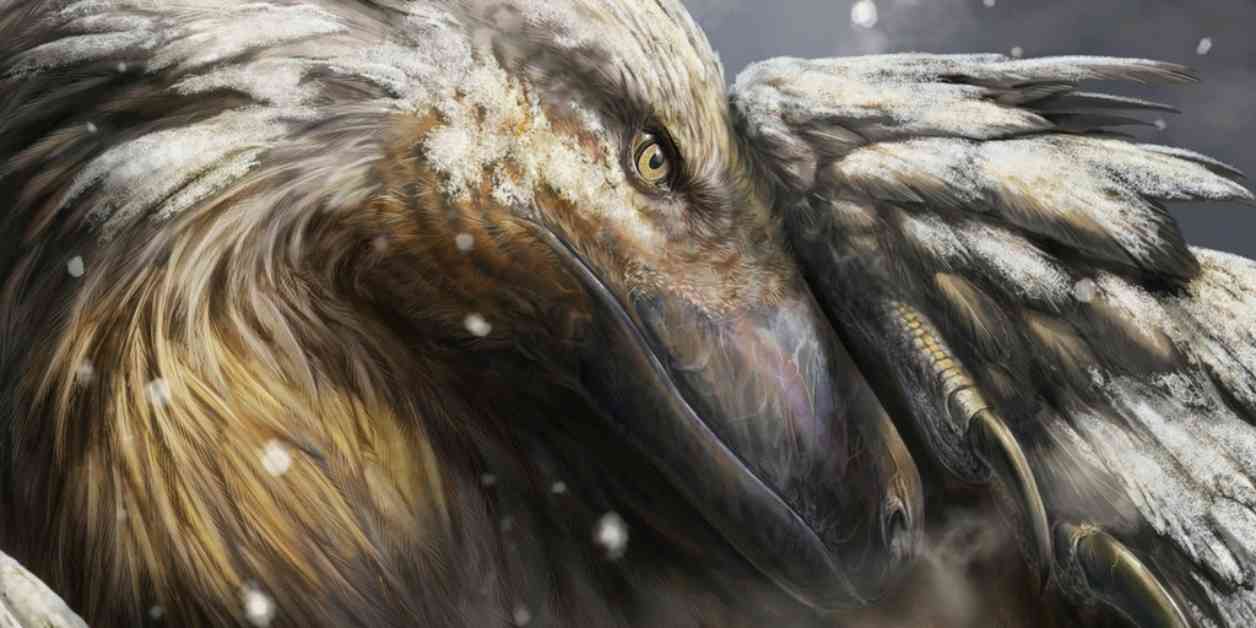Dinosaurs have long been thought of as slow-moving, cold-blooded creatures. However, recent research has indicated that some dinosaurs may have been able to regulate their body temperature. The question of when and how this transition to warm-bloodedness occurred has puzzled scientists for years. A new study now suggests that the first warm-blooded dinosaurs may have appeared around 180 million years ago, marking a significant shift in our understanding of these ancient creatures.
Warm-blooded animals, such as birds and humans, are able to maintain a constant body temperature regardless of external conditions. In contrast, cold-blooded animals, like snakes and lizards, rely on external sources to regulate their body temperature, such as basking in the sun. Understanding when dinosaurs evolved this ability to regulate their internal temperature could provide valuable insights into their behavior and lifestyle.
Researchers conducted a thorough analysis of over 1,000 fossils, climate models, and dinosaurs’ family trees to estimate the timeline of the emergence of warm-blooded dinosaurs. They discovered that two major groups of dinosaurs, including well-known species like Tyrannosaurus rex and velociraptors, migrated to colder regions during the Early Jurassic period. This suggests that they may have developed the ability to generate their own body heat to survive in these chilly environments. In contrast, another group of dinosaurs, such as brontosaurs, remained in warmer areas.
The study, published in the journal Current Biology, sheds new light on the evolution of dinosaurs and their adaptation to varying climates. According to Alfio Allesandro Chiarenza, a postdoctoral fellow at University College London and one of the study authors, the ability of dinosaurs to thrive in cold regions indicates that they must have had mechanisms to keep themselves warm.
While the latest research provides valuable insights into the timeline of warm-blooded dinosaurs, there is still much to learn about these fascinating creatures. Jasmina Wiemann, a postdoctoral fellow at the Field Museum in Chicago, suggests that multiple factors, including body temperature and diet, should be considered when determining whether a dinosaur was warm-blooded. Her own research indicates that warm-blooded dinosaurs may have evolved much earlier, around 250 million years ago.
By piecing together information from various aspects of dinosaur biology, scientists hope to create a more comprehensive picture of how and when dinosaurs made the transition to warm-bloodedness. This ongoing research is crucial for unraveling the mysteries of these ancient creatures and understanding their remarkable adaptations to different environments over millions of years.




